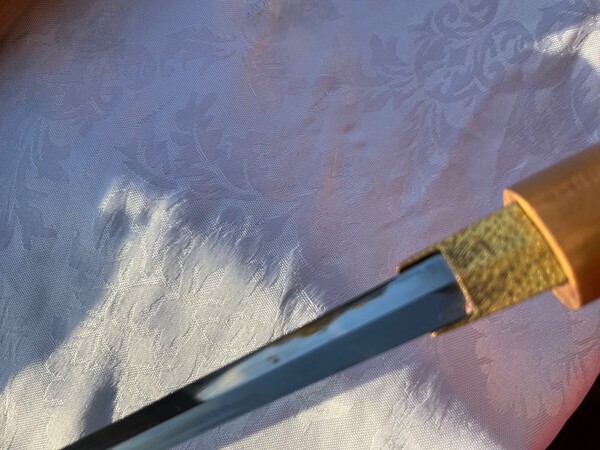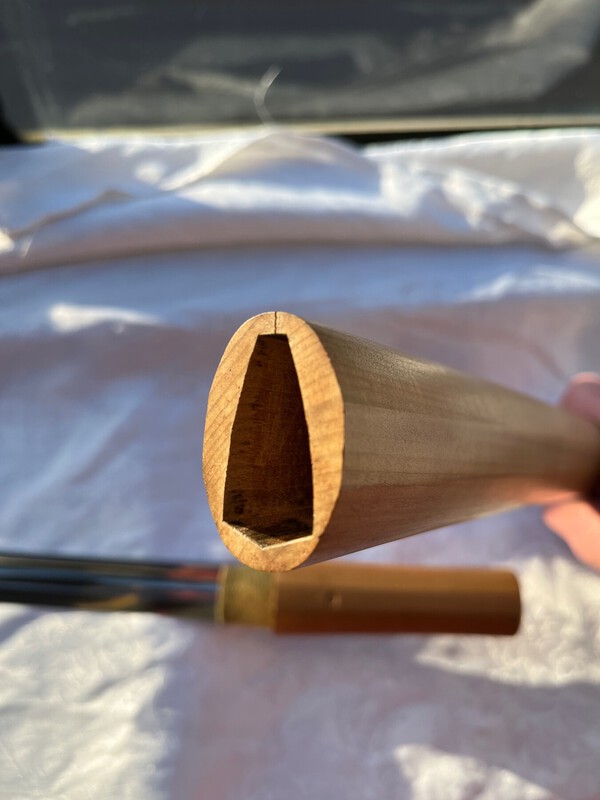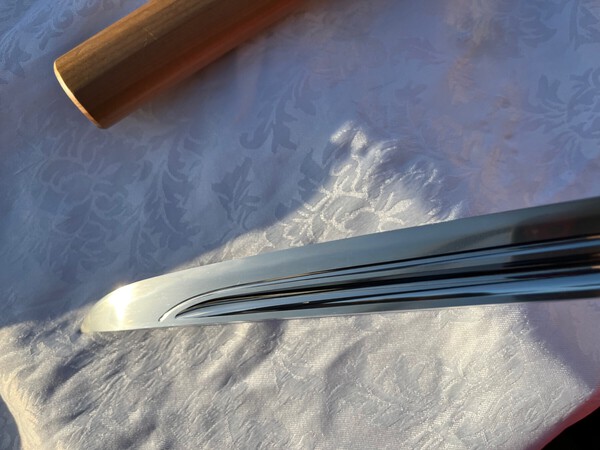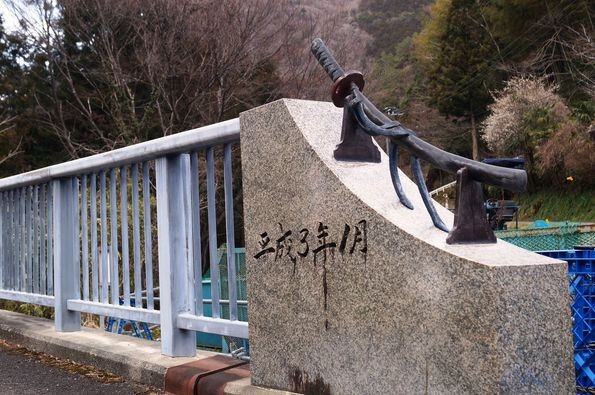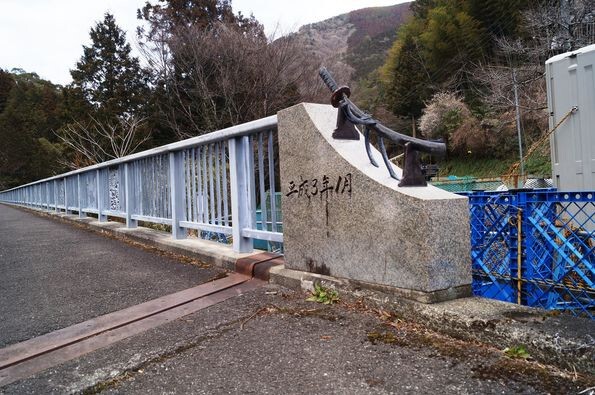-
Posts
2,452 -
Joined
-
Last visited
-
Days Won
21
Content Type
Profiles
Forums
Events
Store
Downloads
Gallery
Everything posted by Toryu2020
-
Namban Tetsu kore wo motte... I think -t
-
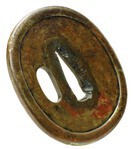
San Francisco sword show
Toryu2020 replied to Brian's topic in Sword Shows, Events, Community News and Legislation Issues
I'll be there! Un fortunately no NTHK Shinsa this year - will probably be another four or five years before we are back in San Francisco. -t -
Best to use SHAPE to determine age and not features in the hamon (there are always exceptions) - when it comes to shape you have to think of things along a range and not in absolutes - there was the mid-Kamakura shape that morphed into Namboku-cho and then gradually back to the older shape but adapted to the times - so you will see shapes that are very similar in say curvature but other factors like nakago shape or length that point you to specific periods when it is all added up. Another general rule is there is more activity in the jigane before 1600 and more focus on the hamon after 1600 - jigane like this would not have been seen in Osaka or Yokoyama works - so you should be looking at the Gokaden to try and place it and by extension this means Koto schools. Were it Sukesada being unsigned would be a concern but since it is an earlier work from a different line in Bizen, not so much of a concern... -tch
-
Not in color but the NCJSC Has two good books for the student of tsuba/Fittings... Publications (ncjsc.org) -tch
-
Thomas Buck - look for his book... Tsukamaki.net - Handle Restoration & Conservancy Services
-
Useless without the "Hizamakura" that you rest your head upon... -t
-
I would not clean it at all... -t
-
-
-
I think it is the Muromachi smith - Later Shikkake Norinaga did similar work during the Muromachi. There is a Juyo tanto with almost the same profile... -t
-
He is indeed Simon. -t
-
I'm using LibraryThing and it is great for books published in English with an ISBN but it is hit or miss with books in Japanese and anything without the ISBN has to be entered manually. Slow going but going... -t
-
It is a new years tradition so I look at this tsuba as depicting the quiet serenity of new years morning before all the noise begins... -t
-
The one, true and original NTHK Still does oshigata as it always has. We use photographs for kodogu only. Yes, at least two members of the team are working on oshigata during all three days, they do double duty, kantei and if they agree they do oshigata. Keep in mind it is a rubbing of the nakago only not a full oshigata... -tch If you see a photograph that will be some other group
-
Oshigata are like fingerprints and very hard to fake - photographs are less so and are easier to "doctor" - Oshigata are always best... -tch
-
I believe the theme is New Years... Festival of Ladders: New Year's Stunts (Hashigo matsuri dezome no harewaza) – Works – Worcester Art Museum (emuseum.com) -t
- 11 replies
-
- 10
-

-
Sadamitsu - apologies if this was posted already... - 月山貞光謹作 五十九回遷宮 皇太神宮御太刀以余鐵(人間国宝月山貞一初銘) Gassan Sadamitsu(Sadaichi) - 日本刀の通信販売 明倫産業株式会社 (nipponto.co.jp)
-
Looking at the Sendai Han Toko Meikan this signature does not compare well with the examples in the book. 10th generation would be right and there are examples of Tenmei 4 dates. That being said the work looks spot on suggesting to me this may have been mumei and a signature was added... -t
-

To Shinsa or Not to Shinsa…
Toryu2020 replied to Infinite_Wisdumb's topic in General Nihonto Related Discussion
Jesse I think you can find old threads on the split in this forum and I'm sure many would not like to rehash it all here. Needless to say I support the first, original and only authentic NTHK (Yoshikawa group) and no other... -t -

To Shinsa or Not to Shinsa…
Toryu2020 replied to Infinite_Wisdumb's topic in General Nihonto Related Discussion
I would say it is the other way round but I'm biased... -t -
Excellent points Carlos - When I was interviewed for this documentary the first thing out of my mouth was "its not magic", I think they turned the camera off after that... -t
-

Tsuba in everyday objects - the culture of Tsuba
Toryu2020 replied to Spartancrest's topic in Tosogu
- 251 replies
-
- 13
-

-

-

-
Fred Lohman passed away some three years ago now. His son Chris is swamped with back orders and is trying to meet his fathers obligations. Not sure they'll ever be back to full operation. Meirin Sangyo is the oldest supplier of Iaito in Japan - they produce high quality modern tsuba for Iaito and probably could produce whatever you need. They have english speaking staff... -鍔職人が作る現代新作鍔(オーダーメイドもできます)- 日本刀の明倫産業 (nipponto.co.jp) -t



